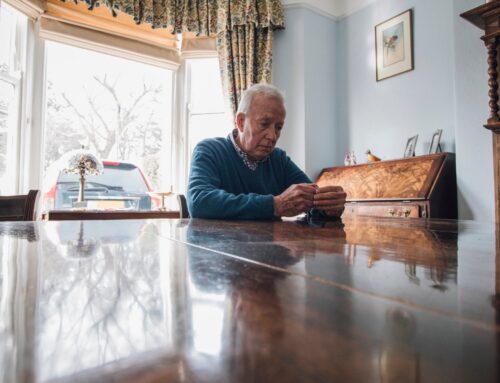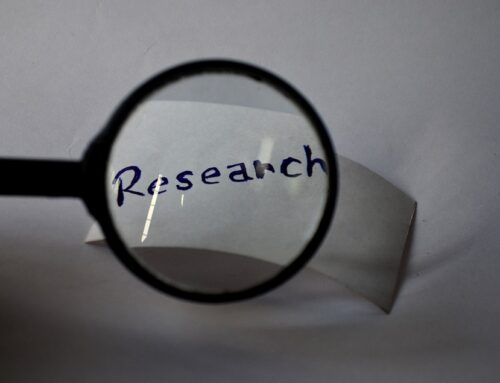As we enter another season of what seems to be an on-going pandemic, feelings can turn to sadness.
We miss seeing family and friends. We miss doing what we used to do. We miss our “normal” lives.
But is what you’re feeling just sadness or depression?
Everyone feels sad from time to time.
But depression is different.
It’s more than just a case of the blues.
Depression is a medical problem. It is a mood disorder that can interfere with all aspects of your daily life. It can interfere with sleep and cause long-term sadness, anger, frustration, and feelings of hopelessness or loss.
Depression can drain your energy and interfere with your ability to work and have healthy relationships and a satisfying social life.
Depression can even lead to suicide. For all these reasons, you need to recognize and take your depression seriously, and get appropriate treatment right away.
According to Health in Aging.org, there are almost 50 million Americans age 65 and older.
National surveys find that between one and two percent of them suffer from major depression, with more women than men reporting that they are depressed.
However, the numbers are likely higher because older adults, especially men, are less likely to admit or even realize that they are depressed.
Another 10-15% of older Americans have milder forms of the illness.
Of older adults who have completed suicide, an estimated 75% were probably clinically depressed when they did so. There is an alarming frequency of depression and suicide in widowed men 70 years old or older.
Most people respond well to treatment for depression, but some may relapse and have more episodes of depression after an initial episode has been treated.
Treatment for depression typically has three parts:
1) Immediate treatment.
2) Continuing treatment to prevent relapse. This includes antidepressant therapy, usually lasting for about six months.
3) Maintenance therapy (longer-term therapy), if considered necessary.
The following treatments, which may be used in combination, can help treat depression among older adults: Psychotherapy (“talk therapy”); antidepressant medications; electroconvulsive therapy and for people with seasonal affective disorder (SAD), light therapy during the winter months may help restore a normal sleep cycle and reduce depressive symptoms.
There are newer treatments that are available in some centers and usually involve some surgery. These include vagus nerve stimulation (VNS), deep brain stimulation (DBS), and the most recent, transcranial magnetic stimulation (TMS).
If you have severe or suicidal depression, it is best to treat it with a combination of medications and psychotherapy. This combination appears to work quickly and keep depression from recurring.
For more information, visit Healthinaging.org., a trusted source for up-to-date information and advice on health and aging, created by the American Geriatrics Society’s Health in Aging Foundation.





